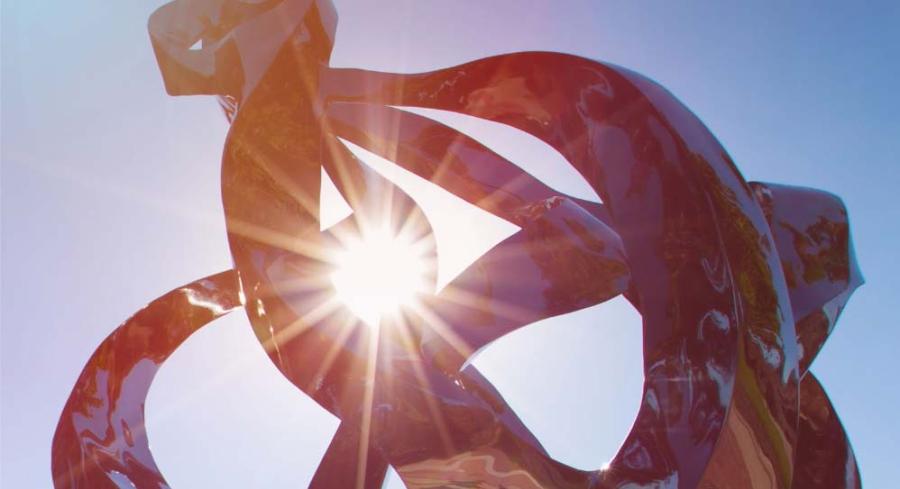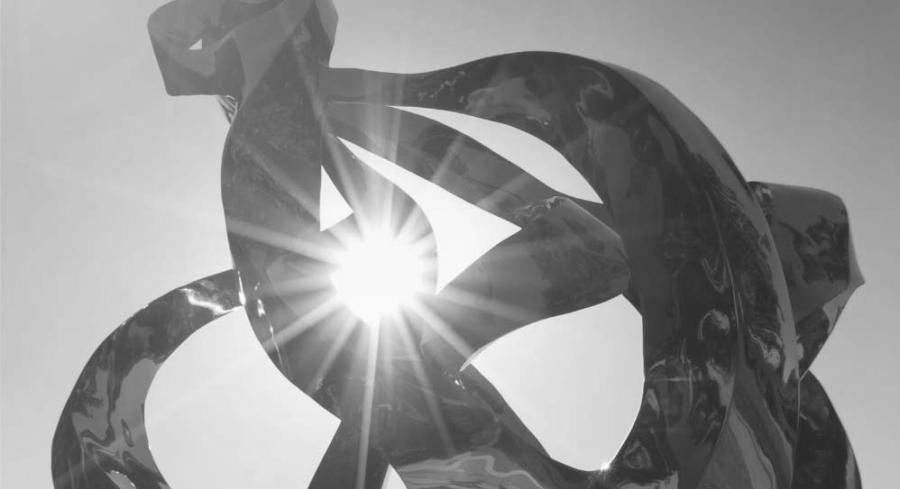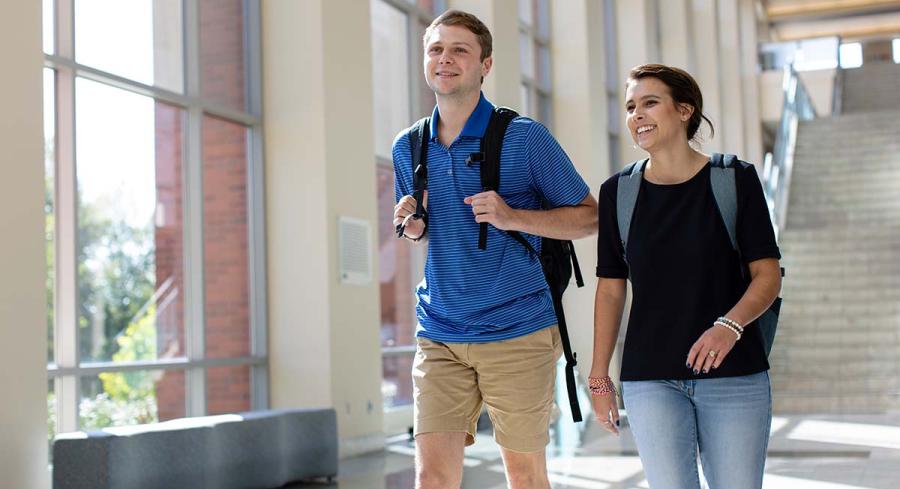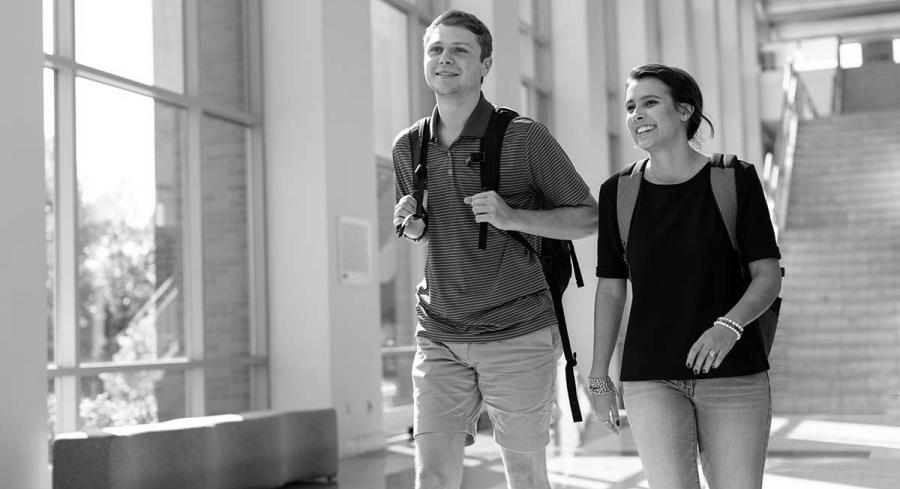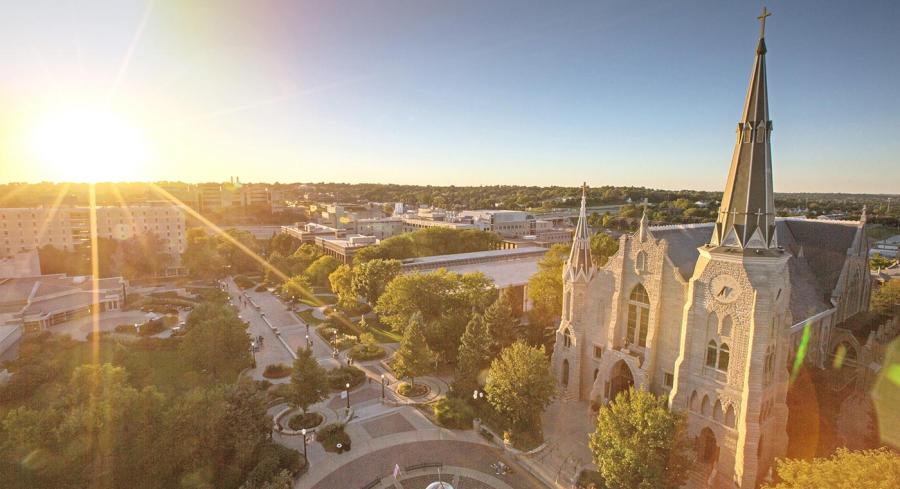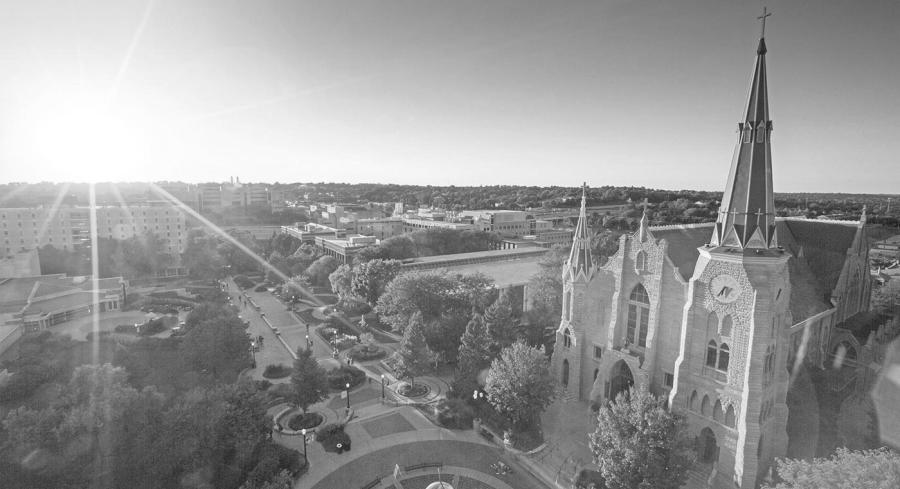
Students work, learn together in interprofessional health program
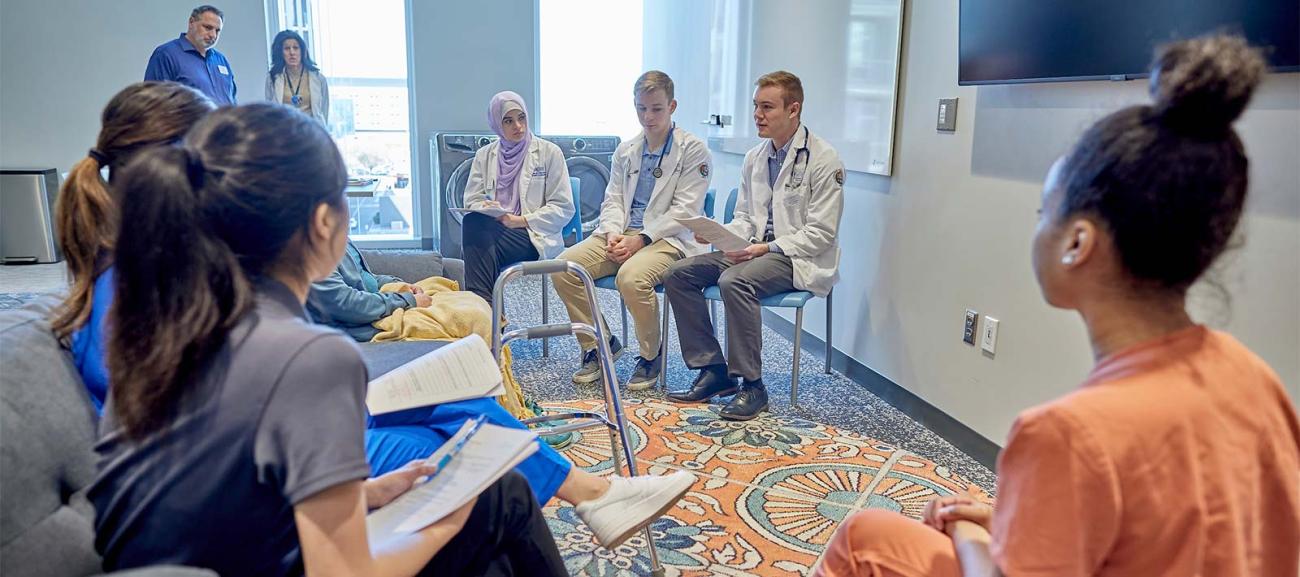
The days when healthcare providers worked in a bubble, unaware of what other healthcare professionals were doing with the same patient, are long gone at Creighton University where interprofessional education has become a mainstay of academic learning and clinical training.
Creighton’s approach to interprofessional education means health sciences students learn alongside students from other professional programs, preparing them to better serve patients and giving them hands-on work experience that prepares Bluejays for what they’ll face in their careers.
That commitment is strong both on Creighton’s 145-year-old Omaha campus and its 18-month-old campus in Phoenix, opened in 2021 at a cost of approximately $100 million.
A day-long event dubbed Interprofessional Education Day was the latest expression of Creighton’s commitment. Held largely on the Phoenix campus with virtual participation from Omaha’s paramedicine program, about 36 students drawn from medicine, paramedicine, nursing, pharmacy, physical therapy and occupational therapy combined their skills to treat an unfolding, simulated case of a 35-year-old woman who has suffered a stroke.
It is a pilot program that is expected to grow in future years and to include the Phoenix physician assistant program.
Students demonstrate understanding of the roles and responsibilities of each of the professions represented within the event; that they will respect the roles, responsibilities and expertise of team members as they collaborate with students from other professions to develop a patient care plan; that they will recognize one's limitations as a team member; and will use effective communication tools and techniques with the simulated patients, actors and team members, said Gianluca Del Rossi, PhD, ATC, professor of physical therapy.
“Occupational therapy is a vital part of the rehabilitation team, but so often other members of the health professions may not know who we are or what we do,” says Sarah Dahlhauser, OTD, OTR/L, assistant professor in the Department of Occupational Therapy on the Phoenix campus. “This means that we may not get patients referred to us who really need us, and so they struggle unnecessarily after an injury or life-changing diagnosis."
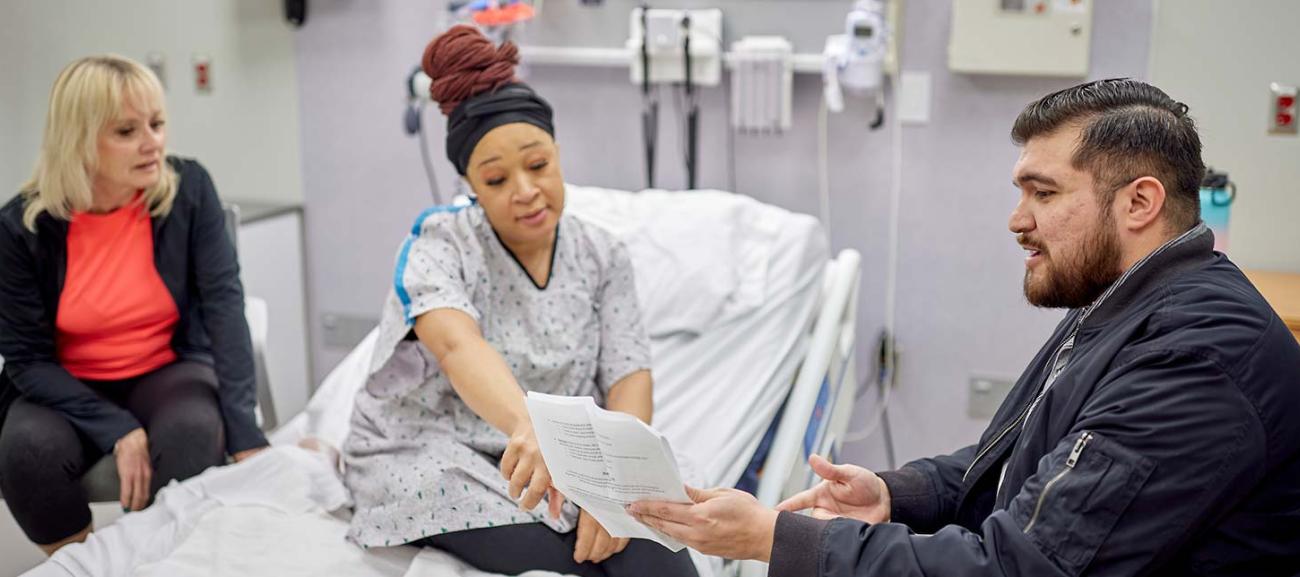
As for this inaugural Interprofessional Education Day:
“This IPE Day is such an amazing opportunity for all future health care providers to get exposure to other professions by working alongside them and seeing them in action before they even get into hospitals and clinics,” Dahlhauser says. “Students have a safe space to experience one another’s specialties and to ask questions of each other in a way that helps them develop a much deeper level of understanding about what each profession brings to the table.”
The day-long event is the beginning of something important, said Wendi Carlton, MD, assistant professor of health professions.
“This is a unique, groundbreaking event that is the foundation for building lasting interprofessional relationships,” she says. “My hope is that this is the start of collaborative work to educate future generations of healthcare professionals.”
The importance of interprofessional collegiality inspires enthusiasm for the IPE Day project from many leaders of Creighton’s medical and health professions community.
“This collaboration provides students with the opportunity to see how other members of the healthcare team impact patient outcomes,” says Jennifer Feirstein, PA-C, assistant professor in the physician assistant program; while Tim Ivers, PharmD, assistant professor of pharmacy, looks forward to his pharmacy students learning how universally their skills are incorporated into health care.
“My hope is for the pharmacy students to learn how other professions incorporate pharmacy into their everyday lives and professions,” he says.
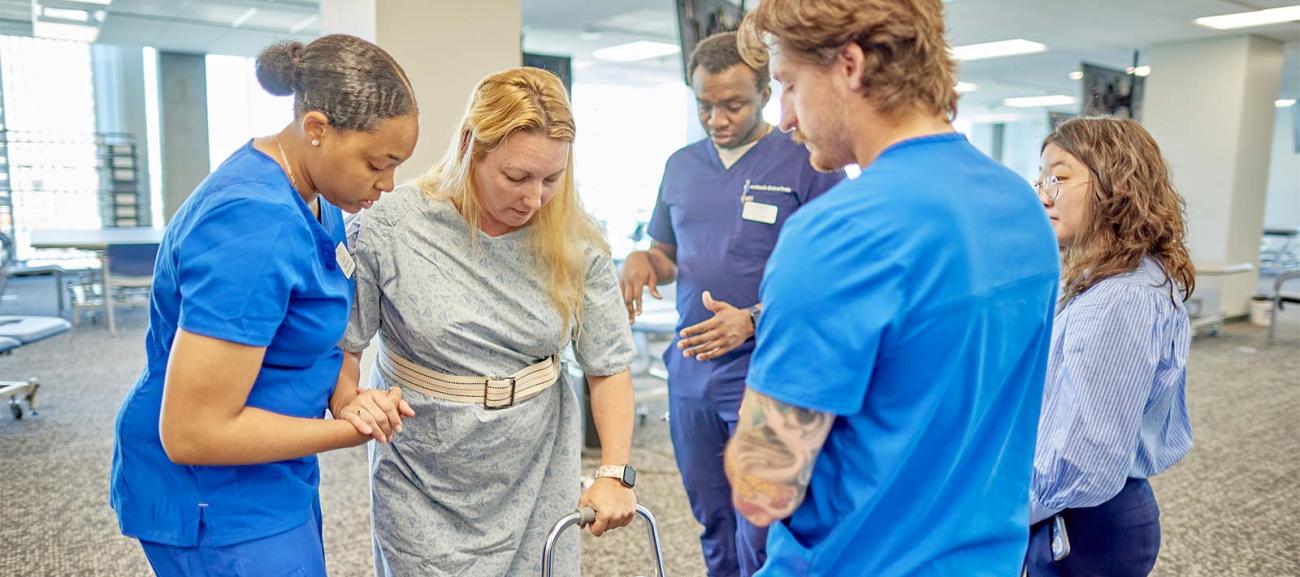
Finally, LeeAnn Palmer, MSN, RN, instructor in the College of Nursing, sees the project making her students a powerful presence in the work force.
“This is a great way for our students to reinforce their current skills and training and empowering them to be strong team players in the workforce,” she says.
During the event, the students were divided into six groups, with each health discipline represented in every group. Each of the groups handled four separate scenarios involving both simulated patients and live actors. Debriefings after each scenario, and a final debriefing after all four scenarios were completed, were joined with an hour-long lunch where an individual who has had a stroke described their learned experience of working with a healthcare team and answered questions.
Interprofessional Education Day was a team effort from the beginning. Colleagues from each profession – physician assistant, physical therapy, pharmacy, occupational therapy, nursing, medicine and paramedicine – along with the simulation education department collaborated every step of the way.
“Interprofessional education, through the Center for Interprofessional Practice, Education and Research, is very well established at Creighton,” says Jaime Nesbit PT, DPT, assistant professor of physical therapy. “So, while this is by no means a unique event, to our knowledge this is the first IPE event that includes representation from all of the health professions in a single event.

